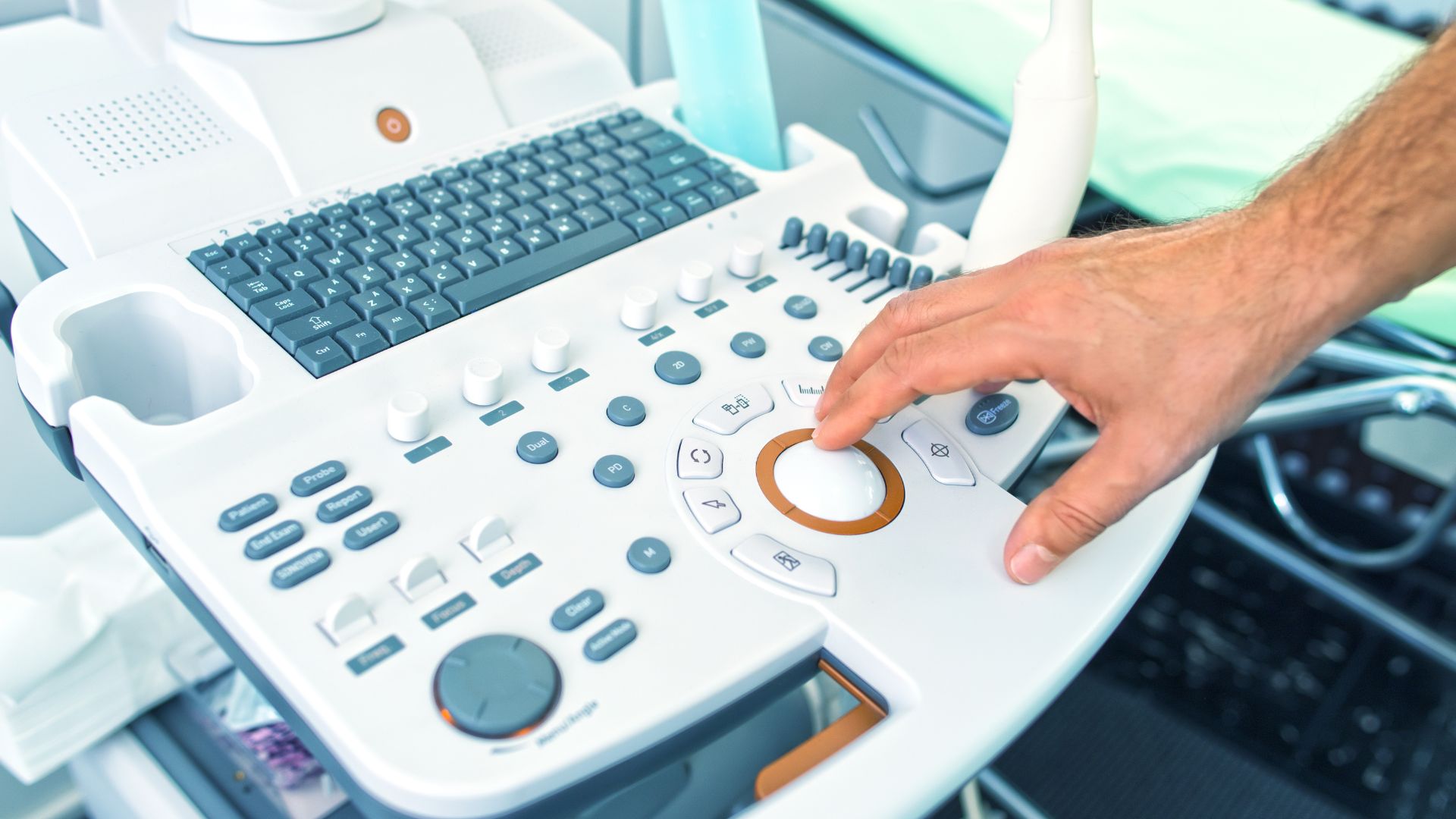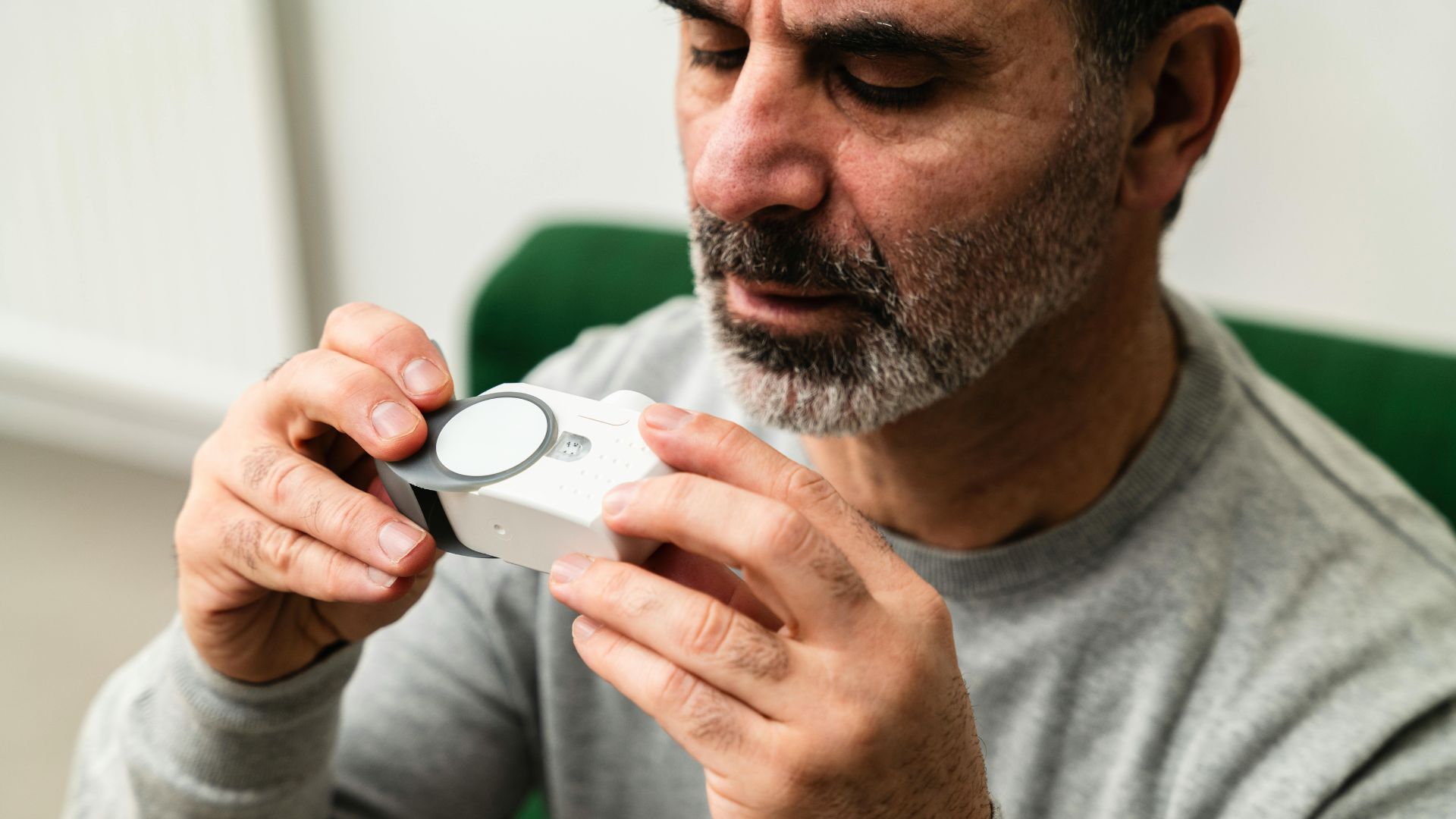For medical device manufacturers, distributors, and healthcare providers, accurate identification and traceability of medical devices are foundational to safety, compliance, and operational efficiency. These obligations are formalized under FDA regulations, most notably 21 CFR Part 830, which mandates the use of a Unique Device Identification system to ensure consistent and transparent device tracking across the healthcare ecosystem. The FDA’s Global Unique Device Identification Database (GUDID) sits at the core of this effort in the United States.
By capturing standardized device information linked to each Unique Device Identifier (UDI), the GUDID not only supports regulatory compliance but also enhances postmarket surveillance, adverse event reporting, and recall management. This guide explores the essential components, submission requirements, and broader global implications of the GUDID system.
What Is the GUDID and Why It Matters
The Global Unique Device Identification Database (GUDID), often pronounced “Good ID,” is a centralized FDA-managed repository that stores key device identification information submitted by medical device labelers. It is the backbone of the UDI system mandated under 21 CFR Part 830, serving both regulatory and public health functions.
GUDID plays a critical role by ensuring that every UDI-labeled device has a corresponding digital record accessible to regulators, healthcare providers, supply chain partners, and the public. This facilitates faster, more informed decisions regarding product selection, usage, recall, and postmarket monitoring.
Beyond regulatory alignment, GUDID adds value by reducing medical errors, enabling efficient inventory management, and supporting data-driven evaluation of medical device performance in real-world settings.
GUDID vs. UDI: How They Work Together
A Unique Device Identifier (UDI) is the standardized alphanumeric code applied to medical device labels. It consists of two parts:
- Device Identifier (DI): A mandatory, fixed portion that identifies the device labeler and the specific version or model of the device.
- Production Identifier (PI): A conditional, variable portion that may include the device’s lot or batch number, serial number, expiration date, or manufacture date.
While the UDI is printed on the device label and used throughout distribution and clinical use, GUDID stores the digital record corresponding to the DI portion. The FDA does not require PI data in GUDID submissions, though labelers must indicate which PI elements are present on the label.
In practice, GUDID ensures that when a DI is scanned or searched, stakeholders can access critical information about the device’s identity, manufacturer, and specifications. This distinction between the physical label (UDI) and the digital registry (GUDID) is essential for understanding the system’s function.
Clarifying GTIN, GS1, and Other Identifiers
The Global Trade Item Number (GTIN), issued by GS1, is a common format used for the DI portion of the UDI. GTINs are recognized by the FDA as a valid DI when issued by an accredited issuing agency like GS1. However, GTIN is not synonymous with UDI or GUDID. Rather, it is one of several identifier formats that can populate the DI field within a UDI.
GUDID serves as the centralized repository for UDIs, regardless of issuing agency. GS1 simply provides a globally recognized standard for structuring identifiers, but it does not interact with the FDA’s GUDID directly.
Who Is Required to Submit to the GUDID
The FDA places GUDID submission responsibility on the device labeler, a term defined in 21 CFR §801.3 as the entity that causes a label to be applied to a device, or modifies a label with the intent that the device will be commercially distributed without any subsequent replacement or modification of the label. In most cases, this is the original device manufacturer, but it can also include:
- Specification developers
- Kit assemblers
- Repackagers or relabelers
- Reprocessors of single-use devices
If a U.S. distributor’s name appears on the device label, they too may be considered the labeler and would therefore be responsible for GUDID submission.
Is GUDID Mandatory for All Devices?
Yes, for all devices that fall under FDA’s UDI regulation and are intended for commercial distribution in the U.S. GUDID submission is a mandatory requirement. The phased compliance timeline, completed in 2020, required:
- Class III devices: by Sept 2014
- Class II devices: by Sept 2016
- Class I and unclassified devices: by Sept 2018 to 2020, depending on reusability and software classification
However, there are exemptions. For example, devices not intended for commercial distribution, certain custom devices, or investigational devices under an Investigational Device Exemption (IDE) are not subject to GUDID submission. The FDA outlines these exceptions under 21 CFR §801.30 and related guidances.
What Data Must Be Submitted to GUDID
The FDA requires submission of specific, structured device information for each DI to ensure complete and searchable entries. These fields fall under several key categories:
- Device Identifier: The DI, brand name, version/model, device description
- Labeler Information: Company name, address, and DUNS number
- Packaging Information: Number of units in a package, packaging type
- Commercial Distribution: Marketing status and end date if discontinued
- Storage and Handling: Environmental conditions for storage (temperature, pressure, etc.)
- Sterilization Information: Whether the device is packaged as sterile or requires sterilization before use
- Latex Content: Disclosure of natural rubber content
- Device Size: Clinically relevant dimensions and units of measure
- FDA Listing and Regulatory Information: FDA product code, premarket submission number, and listing number if applicable
In total, there are 57 attribute fields managed through structured submissions (FDA Attribute Reference Table). Labelers must ensure this data is accurate, validated, and regularly updated.
Quality Expectations for Submissions
The FDA expects all submitted data to be validated against its schema. To assist labelers, the agency provides resources such as XML schema files, downloadable Excel templates, and an online validation tool accessible through the GUDID submission interface. These tools help verify data formatting, required fields, and coding accuracy before final submission.
Errors such as invalid formats, missing required fields, or conflicts with existing data may result in submission rejections or entry invalidation.
Labelers are also responsible for maintaining data integrity over time. If a device is discontinued or its attributes change, the GUDID record must be updated promptly.
How to Prepare and Submit a GUDID Entry
The GUDID submission process involves both technical setup and data readiness. Before submission can occur, labelers must:
- Request a GUDID account from the FDA.
- Obtain a DUNS number to validate the labeler’s legal identity.
- Assign internal roles: At a minimum, each account must include a Labeler and a Regulatory Contact. A Coordinator role is optional but recommended, especially in organizations with multiple device lines.
Once accounts and data are in place, submissions can proceed via two methods. FDA’s HL7 SPL Implementation Guideoutlines the technical requirements for XML-based GUDID submissions:
Submission Pathways Explained
- Structured Input via Web Interface: Designed for low-volume submitters, this portal allows manual entry of GUDID data through the FDA’s web form interface.
- HL7 SPL via FDA ESG: High-volume submitters or those managing multiple devices typically use the Health Level 7 (HL7) Structured Product Labeling (SPL) format via the FDA’s Electronic Submissions Gateway (ESG). This method requires XML file formatting and is often supported by third-party compliance software.
Organizations with more complex product portfolios may outsource submission tasks or use platforms that integrate GUDID submissions with internal regulatory systems.
Accessing and Using GUDID Data
The FDA makes GUDID records available through AccessGUDID, the FDA’s official public lookup portal for UDI data. You can search device entries via AccessGUDID.
Use cases include:
- Verifying device specifications before use
- Reviewing safety or sterilization instructions
- Supporting adverse event investigations
- Rapid response during product recalls
In addition to the web portal, the FDA offers API access for software developers and institutions that need automated data retrieval.
Global UDI Initiatives and GUDID’s Role
While the GUDID is specific to the U.S. market, its model has influenced similar initiatives worldwide. The International Medical Device Regulators Forum (IMDRF) has promoted UDI as a global standard, citing GUDID as a reference model.
Likewise, the European Union’s EUDAMED database mirrors key structural elements from GUDID as part of its implementation under the MDR framework. Regulatory bodies in the European Union, China, South Korea, and Taiwan have implemented their own UDI systems, with varying levels of public access and data granularity.
Key distinctions include:
- EU EUDAMED: Under MDR and IVDR, the EU has launched a multi-module database including UDI/Device Registration.
- China NMPA UDI: Requires domestic submission and compliance specific to China’s regulatory infrastructure.
- Cross-jurisdictional harmonization: While efforts are underway via the IMDRF (International Medical Device Regulators Forum), manufacturers must treat each system as a separate compliance effort.
Understanding GUDID’s structure can help manufacturers align global submissions more efficiently.
How Registrar Corp Can Help
Registrar Corp assists device manufacturers in preparing for GUDID submissions by supporting:
- Consulting on UDI and DI formatting to align with FDA requirements
- Guidance on obtaining and validating a DUNS number
- Consulting on GUDID account setup and best practices for role assignments
- Ongoing compliance support, particularly for global device listings, label review, and broader regulatory submissions
Registrar Corp does not operate submission portals but provides expert guidance rooted in FDA regulatory standards, helping companies avoid common errors and ensure submission acceptance.
Final Thoughts on GUDID Readiness
Accurate, timely, and well-structured submissions to the FDA’s GUDID are more than a compliance task—they are a cornerstone of medical device accountability in the U.S. market. For manufacturers, mastering the submission process ensures product availability, minimizes regulatory risk, and contributes to broader healthcare transparency.
With evolving global requirements and increasing scrutiny from regulators and consumers alike, now is the time to review internal systems, validate your UDIs, and ensure your GUDID data reflects the highest standards of quality and compliance. For comprehensive compliance preparation, refer to the FDA’s official UDI Guidance Documents. For detailed regulatory assistance, FDA guidance documents and expert partners like Registrar Corp are essential tools in your compliance strategy.








